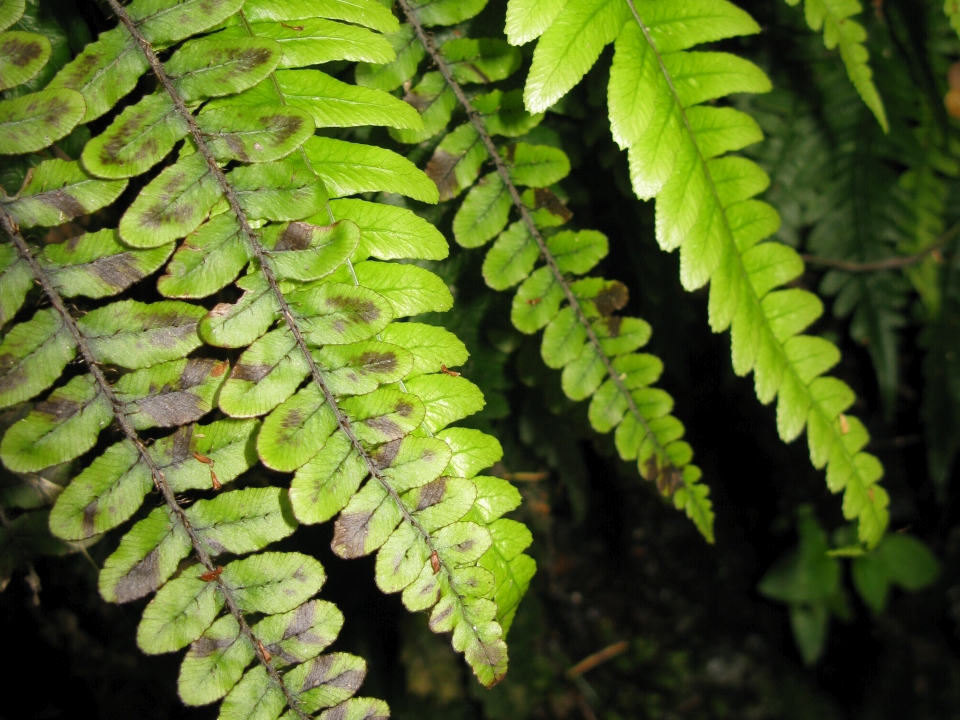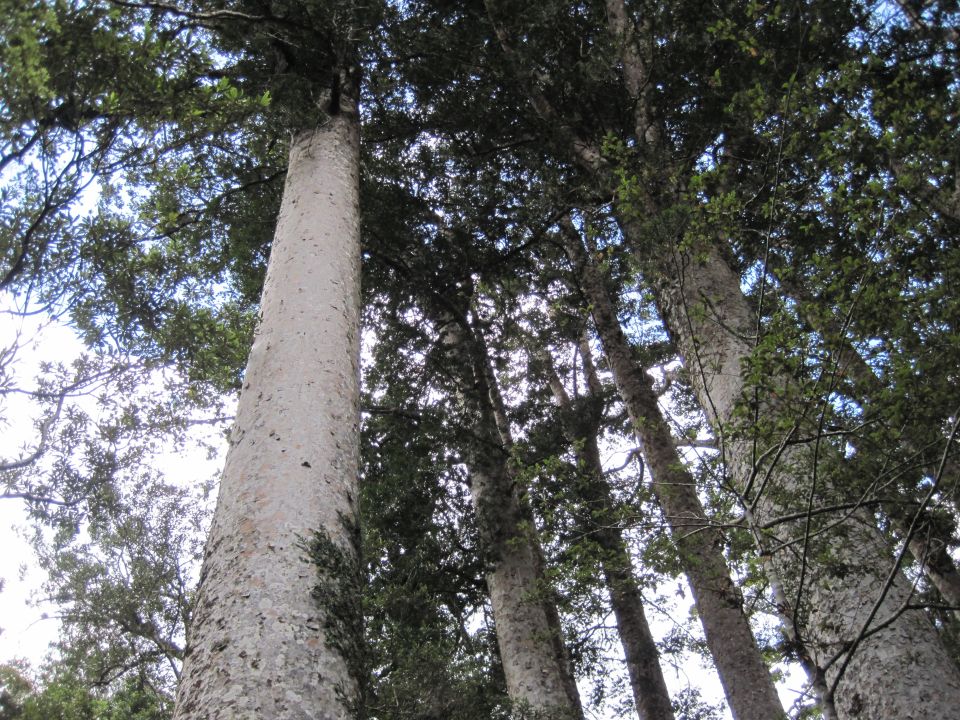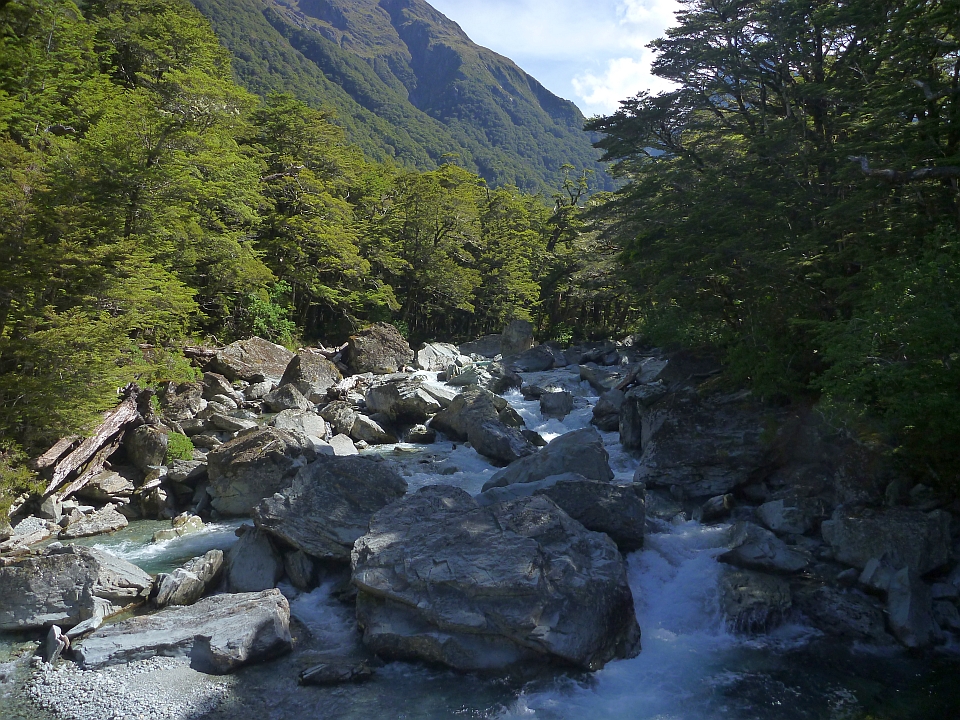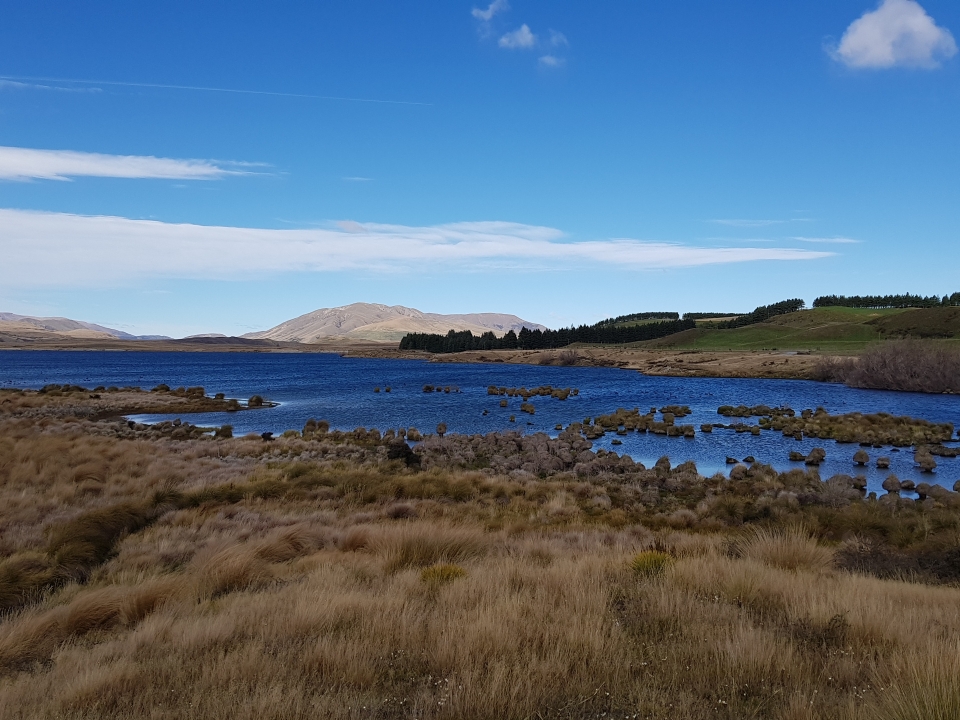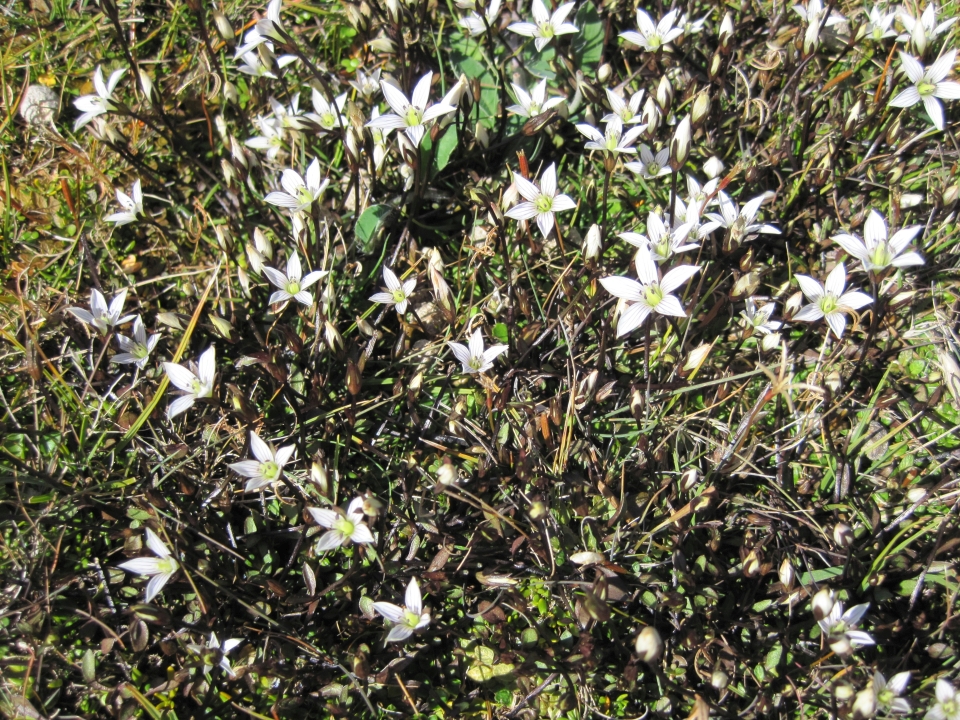Land plants are multicellular organisms. Unlike other living things a plant:
- Can make its own food.
- Stores their food as starch.
- Cannot move on its own.
Most plants are photosynthetic. They contain a green pigment called chlorophyll, which allows plants to convert energy from the sun into food.
Plants are unable to move on their own, mostly being rooted to the one place. Their cell walls are rigid as they’re made of cellulose.
Plants can be divided into four main types:
- Mosses and liverworts
- Ferns
- Conifers
- Flowering plants.
In general, tropical countries have a wider range of plant species than temperate countries. This rule holds for temperate New Zealand, which has only 2,500 native plant species. Most grow nowhere else. Included are 185 grasses, 93 hebe species and 20 conifers. Some 2,000 lichens and 500 mosses have also been named.
Forest giants
Māori had names for most plants. The first European botanists to visit the country had difficulty putting names to some plants as they were so unlike any they had seen.
New Zealand has two main forest types:
- Southern beech forest grows from Northland south to Fiordland. It grows mainly on the drier eastern side of mountains, on foothills and in the cooler south. Beech can grow in very poor soil, and often covers ridges and mountain tops.
- Conifer–broadleaf forest grows throughout New Zealand. It grows mainly on the wetter western mountainsides and in deeper gullies and foothills. Kauri forest is considered a subset of conifer–broadleaf forest. Kauri grow from Coromandel Peninsula northwards.
These forest types often intermix.
Conifer–broadleaf forest
Conifer–broadleaf forest resembles tropical jungle rather than European woodlands. Most of the trees have thick, shiny, evergreen leaves. Several species have buttressed trunks, and flowers on their trunks or stems. Like rainforest, conifer–broadleaf forest has many layers, with tall, emergent trees. A closed roof or canopy of tall trees blocks out most of the light. Beneath are layers of sub-canopy trees and tree ferns, then a shrub layer and finally a dense layer of ferns, seedlings and other ground plants.
Beech forest
Beech forests are the largest remaining native forest type in New Zealand. Beech trees flower in spring and are wind pollinated. New Zealand has five species of beech tree, each prefer different soil and climate conditions:
- Hard Beech and black beech are found in the lowland areas of the North Island and northern South Island.
- Red beech prefers the foothills and inland river valley floors particularly where soils are fertile and well drained.
- Silver beech is the most widespread tall tree in Fiordland. Silver beech prefers higher, wetter conditions compared with red beech.
- Mountain beech grows in the mountains and on less fertile soils than silver beech, often forming the tree line at high altitudes.
Flowers and fruit
The amount of berries, fruit and seeds produced by plants in the bush varies from year to year. A warm summer and heavy flowering is usually followed by a bonanza crop of berries, fruit and seed the following autumn. Cold summers suppress flowering and fruit production. Several plant species are known as ‘periodic flowerers’, as they produce few flowers or no flowers at all for a year or two, then produce vast numbers.
Beech trees, cabbage trees, flax, and the climbing kiekie are periodic flowerers. They produce heavy crops of seed every two to four years. Some birds have evolved to be periodic breeders in response.
From mountains to the sea
Different habitats support different plants. The mountains are home to tussocks, daisies, and shrubs with bright berries.
Swamps and river banks have rushes, cabbage trees, flax and bulrushes.
On the coast, trees like karaka and ngaio have thick, tough leaves that can withstand salt winds.
Plants of Ō Tū Wharekai
 During the field trip you will see a variety of unusual plants. Ō Tū Wharekai is an important site for kettle holes which support rare ephemeral turf vegetation. Many of the plants in this area have adaptations which allow them to survive cold winters and hot, dry summers.
During the field trip you will see a variety of unusual plants. Ō Tū Wharekai is an important site for kettle holes which support rare ephemeral turf vegetation. Many of the plants in this area have adaptations which allow them to survive cold winters and hot, dry summers.
Ready for a quiz? Try the "Plants" interactive activity.

